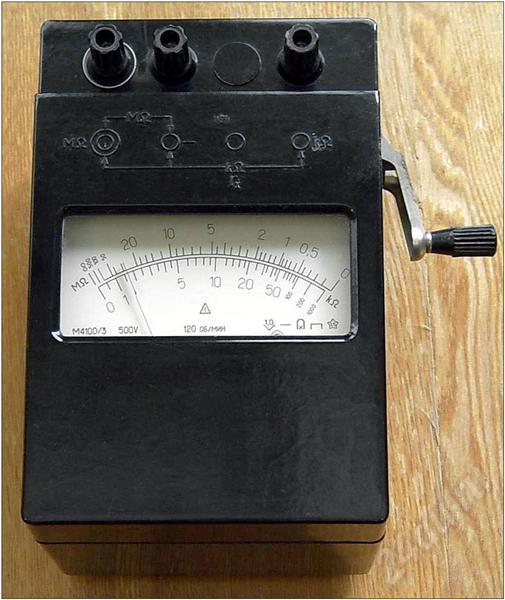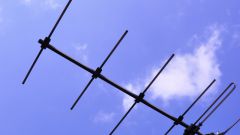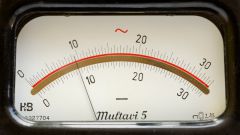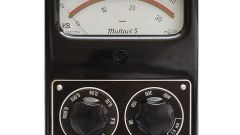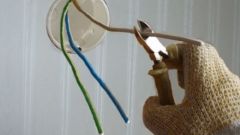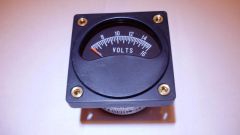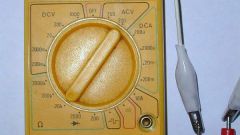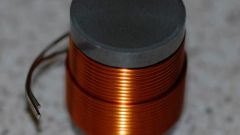You will need
- megger, voltmeter
Instruction
1
Disconnect tested object from the source of electric current. After cleaning the insulation from dirt ground the object in order to remove residual charge. Depending on the operating voltage of the device select equipment designed for 1000, or 2500 V. For testing of the device make sure when you cut the wires it shows infinity, and when briefly closed 0. For device use wires with a large resistance of the insulation, which is not less than 10 Mω. Ground current-carrying cables of the device, which will be measured.
2
Connect the terminals of the device to the conductive device cables or network and start to rotate the generator to produce a stable voltage. To achieve this, rotate the handle of the hand generator with a frequency of 2 revolutions per second. For some time the readings will increase, therefore, apply voltage for 1 minute when the readings stabiliziruemost.
3
To the readings of the megger is not influenced by the leakage current on the insulating surface, the device is connected with a special screening clip. Then this current is given directly into the ground, bypassing the device.
4
Please note that measurements need be made at a temperature not below +5 degrees Celsius. Unstable humidity at lower temperatures does not allow to obtain the true resistance reading of the insulation.
5
Working with a megger, be sure to use clamps with insulated handles. If the voltage on the device exceeds 1 kV, additionally wear insulating gloves. Do not touch when testing the live parts of the device.
6
In the study of the resistance of the insulation on the DC generators or batteries, use a voltmeter with an internal resistance 30-50 ohms. To do this, measure the voltage between the poles of the source, then between each of the poles and earth.
Note
The device M-416 is used to measure resistance of grounding (earthing devices) and soil resistivity. Its measurement range is 0.1 to 1000 (Ohm). The device is powered with 3 batteries in a voltage of 1.5 (In). About 100 measured points, approximately 1 to 7 points does not correspond to the contact resistance. Sometimes more.
Useful advice
In electrical installations with insulated neutral with voltage up to 1000 V resistance of the grounding device to be used as protective earthing, must satisfy the condition: R3yI3 < 50 V. the power generators and transformers 100 kVA and smaller grounding device can have a resistance not exceeding 10 Ohms (p. 1.7.104 PUE). For measuring of resistance of earthing creates an artificial circuit current flowing through the tested earthing.
